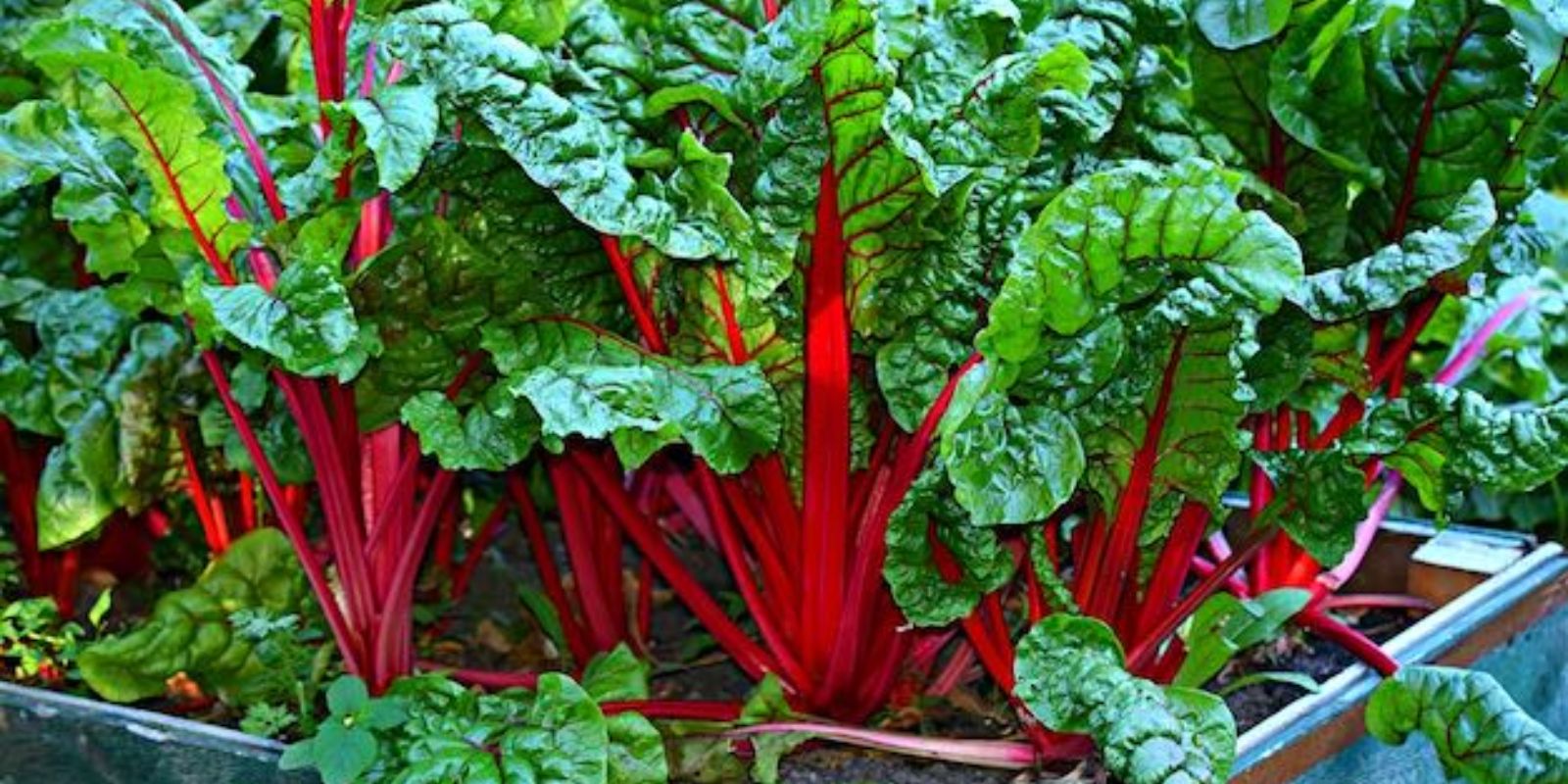Swiss chard (Beta vulgaris var. cicla) is a remarkable leafy green that boasts a wealth of health benefits and culinary versatility. With its vibrant, colorful stems and dark green leaves, it’s a favorite among gardeners and chefs alike. If you’re looking to grow your own Swiss chard from seed, this comprehensive guide will walk you through every step, ensuring a bountiful harvest for your kitchen.
Understanding Swiss Chard
Nutritional Benefits
Swiss chard is packed with vitamins A, C, and K, along with magnesium, potassium, and iron. It’s low in calories and high in fiber, making it an excellent choice for those looking to eat healthily. The unique combination of nutrients can help support bone health, reduce inflammation, and improve digestion.
Varieties of Swiss Chard
While Swiss chard is generally recognized for its vibrant green leaves, there are several varieties worth considering:
- Rainbow Chard: Known for its colorful stems in shades of red, yellow, and orange.
- Giant Swiss Chard: Features broad leaves and is ideal for creating large, leafy greens.
- Fordhook Giant: A popular variety with thick, dark green leaves and a robust flavor.
Choosing the right variety can enhance your garden’s aesthetic and provide different flavors and textures in your meals.
Growing Conditions
Soil Requirements
Swiss chard thrives in well-draining, fertile soil with a pH level between 6.0 and 7.0. Before planting, amend your soil with organic matter, such as compost or well-rotted manure, to improve fertility and drainage.
Sunlight and Temperature
Swiss chard prefers full sun but can tolerate partial shade. Ideally, it should receive at least 6 hours of sunlight daily. The best temperature range for growing Swiss chard is between 50°F and 75°F (10°C to 24°C). It can withstand light frosts, making it suitable for early spring and fall planting.
Step-by-Step Guide to Growing Swiss Chard
1. Sowing the Seeds
- When to Plant: Plant Swiss chard seeds in early spring as soon as the soil can be worked or in late summer for a fall harvest. Depending on your climate, this could mean planting in March or April for spring, or August for fall.
- How to Sow: Create rows spaced about 12 to 18 inches apart. Sow the seeds about 1 inch deep, with a spacing of 3 to 4 inches between each seed. You can also plant seeds in clusters for a more abundant harvest.
2. Watering and Maintenance
- Moisture Levels: Keep the soil consistently moist but not waterlogged. Regular watering is crucial, especially during dry spells. Using mulch can help retain moisture and suppress weeds.
- Fertilization: Swiss chard benefits from a balanced fertilizer applied at planting and again halfway through the growing season. Look for organic options like fish emulsion or compost tea.
3. Thinning Seedlings
Once your Swiss chard seedlings reach about 2 to 3 inches in height, it’s important to thin them to prevent overcrowding. This will allow the remaining plants to grow larger and healthier. Space them about 12 inches apart to ensure adequate airflow and sunlight.
4. Pest and Disease Management
While Swiss chard is relatively resilient, it can be susceptible to pests like aphids, caterpillars, and leaf miners. Here are some tips for managing pests:
- Inspection: Regularly inspect your plants for signs of pests and disease. Early detection is key.
- Natural Predators: Encourage beneficial insects like ladybugs and lacewings, which can help control aphid populations.
- Organic Treatments: If pests become a problem, consider using organic insecticidal soap or neem oil as a treatment.
5. Harvesting Your Swiss Chard
Swiss chard can be harvested about 6 to 8 weeks after sowing. To maximize your yield:
- How to Harvest: Start by picking the outer leaves first, allowing the inner leaves to continue growing. Use scissors or garden shears to cut the leaves at the base, being careful not to damage the plant.
- Continual Harvest: Swiss chard is a cut-and-come-again plant, meaning it will continue to produce new leaves as you harvest.
6. Storing Swiss Chard
Freshly harvested Swiss chard can be stored in the refrigerator for about a week. To keep it fresh:
- Cleaning: Rinse the leaves under cool water to remove any dirt or insects. Pat them dry with a clean towel.
- Storage: Place the leaves in a plastic bag or airtight container lined with a paper towel to absorb excess moisture.
Tips for Success
- Crop Rotation: Practice crop rotation each year to prevent soil nutrient depletion and minimize the risk of disease.
- Companion Planting: Swiss chard grows well alongside plants like carrots, onions, and peppers, which can help deter pests.
- Succession Planting: For a continuous harvest, sow Swiss chard seeds every 2-3 weeks throughout the growing season.
Conclusion
Growing Swiss chard from seed is a rewarding and enriching experience that offers a continuous supply of fresh greens for your kitchen. With its stunning appearance and nutritious profile, it’s no wonder that Swiss chard is a staple in many gardens. By following this comprehensive guide, you’ll be well-equipped to cultivate a thriving crop that will not only beautify your garden but also provide delicious and healthy meals for you and your family.
Get Growing!
Start your Swiss chard journey today and enjoy the satisfaction of growing your own nutrient-rich greens. Happy gardening! 🌱✨ #SwissChard #HomeGardening #HealthyEating #GrowYourOwn #VegetableGarden

